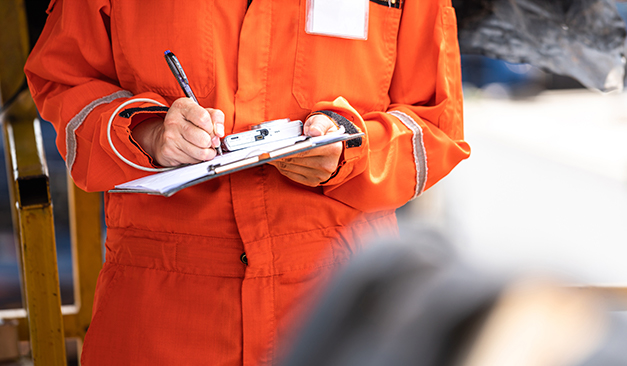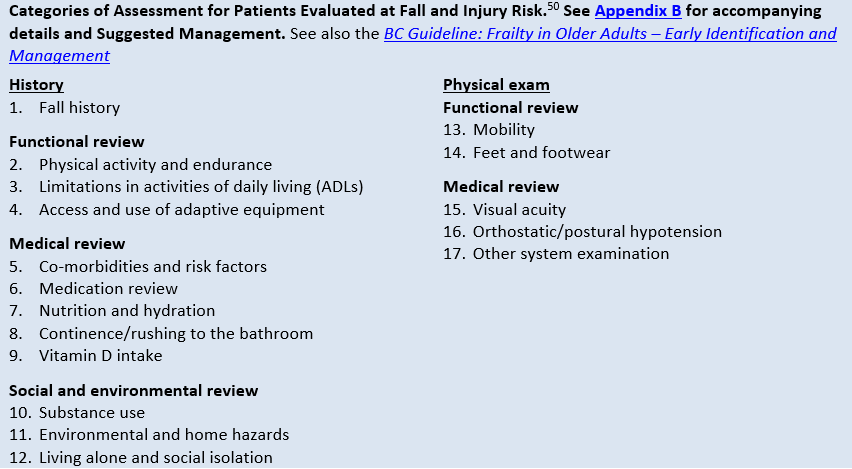Some Ideas on Dementia Fall Risk You Should Know
Some Ideas on Dementia Fall Risk You Should Know
Blog Article
The Only Guide for Dementia Fall Risk
Table of ContentsDementia Fall Risk Fundamentals ExplainedDementia Fall Risk Fundamentals ExplainedThe Main Principles Of Dementia Fall Risk Things about Dementia Fall Risk
An autumn threat assessment checks to see exactly how likely it is that you will drop. It is mainly done for older grownups. The evaluation generally includes: This includes a collection of concerns about your overall wellness and if you have actually had previous drops or issues with balance, standing, and/or strolling. These tools examine your stamina, balance, and stride (the way you stroll).Interventions are referrals that may minimize your threat of dropping. STEADI consists of 3 actions: you for your risk of falling for your risk factors that can be improved to attempt to prevent falls (for instance, equilibrium problems, damaged vision) to reduce your risk of falling by utilizing efficient strategies (for example, giving education and learning and resources), you may be asked several inquiries including: Have you fallen in the past year? Are you stressed about falling?
You'll sit down again. Your provider will check how much time it takes you to do this. If it takes you 12 seconds or more, it may mean you are at higher risk for an autumn. This examination checks stamina and equilibrium. You'll rest in a chair with your arms went across over your chest.
The positions will obtain more difficult as you go. Stand with your feet side-by-side. Relocate one foot halfway ahead, so the instep is touching the large toe of your various other foot. Relocate one foot completely before the other, so the toes are touching the heel of your various other foot.
The Of Dementia Fall Risk
Most falls occur as an outcome of multiple contributing aspects; therefore, taking care of the threat of dropping starts with determining the elements that add to drop threat - Dementia Fall Risk. Several of one of the most pertinent danger factors consist of: Background of prior fallsChronic clinical conditionsAcute illnessImpaired stride and equilibrium, reduced extremity weaknessCognitive impairmentChanges in visionCertain high-risk medications and polypharmacyEnvironmental elements can additionally increase the danger for falls, consisting of: Insufficient lightingUneven or damaged flooringWet or slippery floorsMissing or damaged handrails and get barsDamaged or poorly fitted tools, such as beds, mobility devices, or walkersImproper use assistive devicesInadequate supervision of individuals staying in the NF, including those that exhibit aggressive behaviorsA effective fall threat monitoring program needs a comprehensive scientific evaluation, with input from all participants of the interdisciplinary group

The treatment strategy should likewise consist of treatments that are system-based, such as those that advertise a risk-free atmosphere (appropriate lighting, handrails, order bars, and so on). The performance of the treatments ought to be evaluated regularly, and the treatment plan modified as needed to reflect modifications in the loss threat assessment. Implementing a fall threat monitoring system utilizing evidence-based finest method can minimize the prevalence of drops in the NF, while restricting the capacity for fall-related injuries.
4 Simple Techniques For Dementia Fall Risk
The AGS/BGS guideline suggests evaluating all adults matured 65 years and linked here older for fall danger every year. This screening contains asking clients whether they have dropped 2 or more times in the past year or looked for clinical attention for an autumn, or, if they have actually not fallen, whether they feel unstable when walking.
People who have fallen when without injury ought to have their balance and gait assessed; those with gait or balance abnormalities need to receive extra assessment. A background of 1 loss without injury and without gait or equilibrium troubles does not go to these guys require additional evaluation past ongoing yearly autumn danger screening. Dementia Fall Risk. A fall danger analysis is called for as part of the Welcome to Medicare assessment

Dementia Fall Risk for Beginners
Documenting a drops history is one of the top quality indicators for loss prevention and administration. A critical component of threat evaluation is a medication evaluation. A number of classes of medications increase fall risk (Table 2). copyright medicines particularly are independent forecasters of falls. These medications have a tendency to be sedating, change the sensorium, and impair balance and gait.
Postural hypotension can usually be relieved by decreasing the dose of blood pressurelowering medicines and/or stopping medicines that have orthostatic hypotension as an adverse effects. Use above-the-knee support hose pipe and copulating the head of the bed elevated may also decrease postural decreases in high blood pressure. The recommended elements of a fall-focused physical exam are displayed in Box 1.

A TUG time higher than or equivalent to 12 secs recommends high loss threat. Being not able to stand up from a chair of knee elevation without using one's arms indicates boosted fall threat.
Report this page